The story of Harold Maconaghy, also known as the Clock-Eyed Boy, captivated the attention of many in the 1930s, shedding light on a fascinating and unique physiological anomaly. Hailing from Scranton, Pennsylvania, Harold appeared to be a typical ten-year-old child at first glance. However, it was when one looked into his eyes that the astounding peculiarity became evident - numbers seemed to dance in his pupils, an optical illusion that intrigued and astounded onlookers.

In the bustling streets of Scranton, word quickly spread about the enigmatic boy with clock-like eyes, leading to local newspapers in Britain dedicating articles to his extraordinary feature. The mystique surrounding Harold Maconaghy drew comparisons to the mystical allure of Ripley's "Believe it or Not!" series, as his story seemed too fantastical to ignore. Roberta Ripley's episode featuring the clock-eyed boy became a sensation, elevating Harold to the status of a local celebrity in his community.
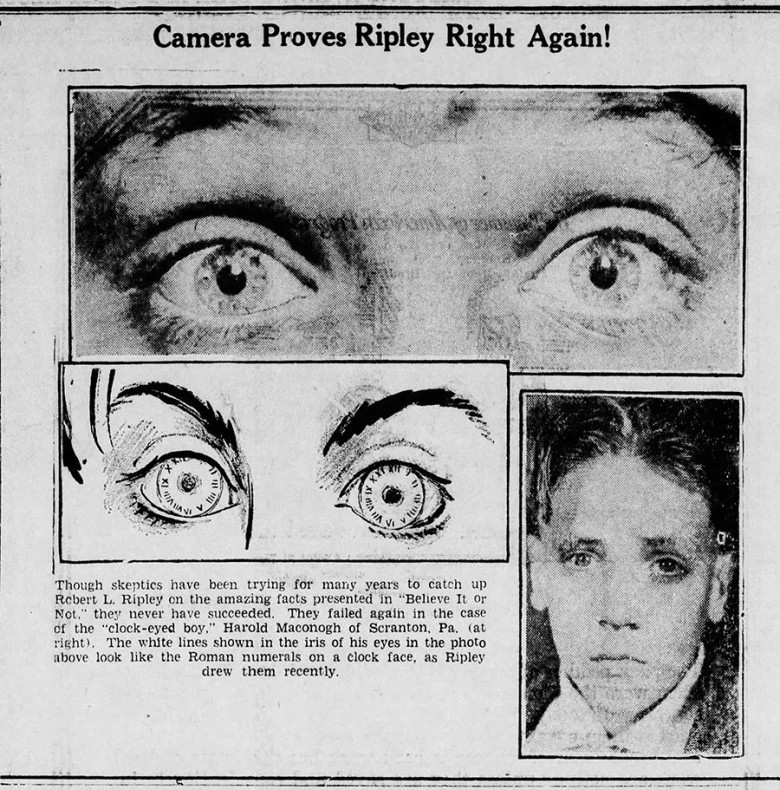
Embracing his newfound fame, Harold proudly showcased his unique eyes to curious onlookers, becoming a symbol of wonder and intrigue. The local optician recognized an opportunity to capitalize on the boy's notoriety and invited him to promote eyewear sales, leveraging Harold's distinctive eyes as a draw for customers. The tagline "We invite doctors to study this phenomenon" adorned the optician's sign, further fueling public interest and speculation around the clock-eyed boy.
As with any peculiar phenomenon, skeptics emerged, questioning the authenticity of Harold's condition and seeking to debunk the extraordinary claims. Despite their attempts to discredit the clock-eyed boy, a resounding consensus emerged through a 1930 article that affirmed the veracity of Harold's unique feature. A photograph of young Harold served as concrete evidence, confirming that his eyes bore the striking resemblance to their portrayal in the publications that had captured public fascination.
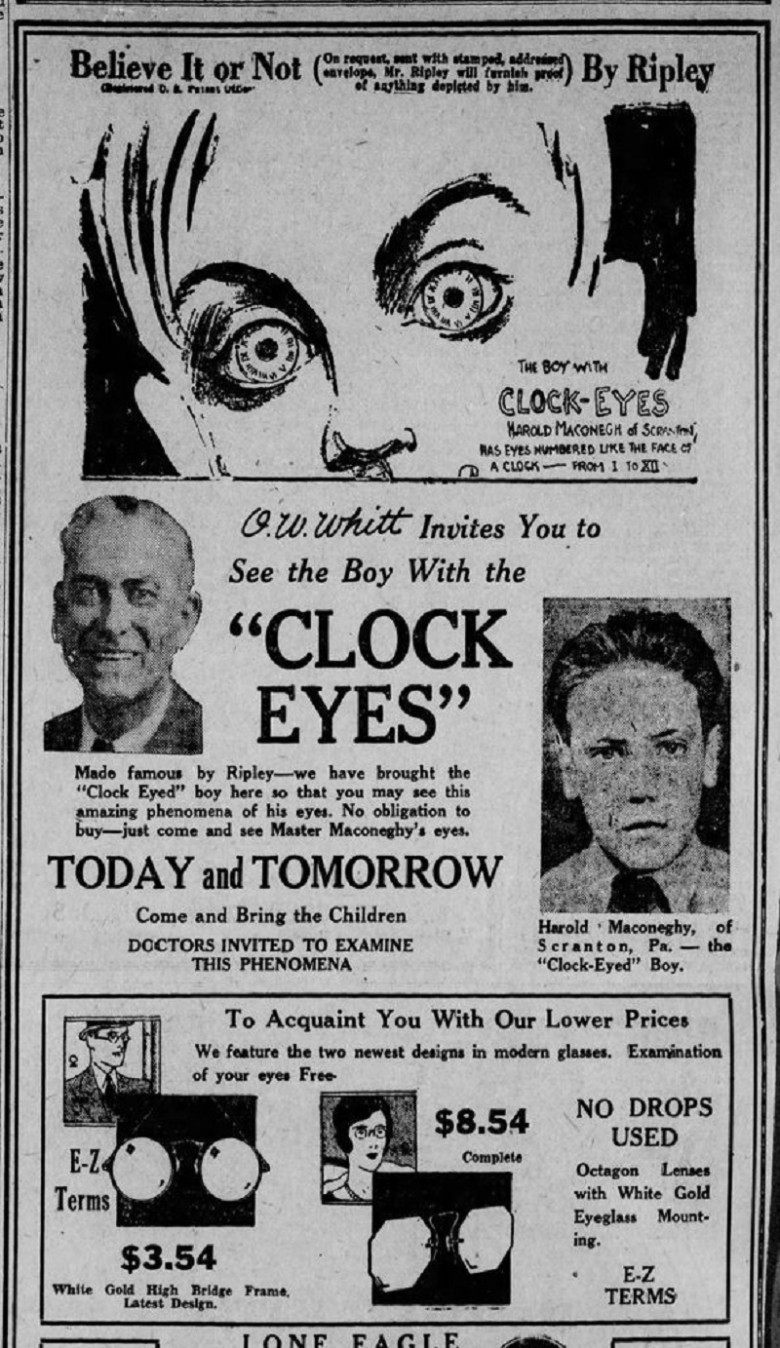
While Harold's clock-like eyes may have appeared mystical and mesmerizing for the era, a plausible explanation for his condition emerged in the form of heterochromia. This condition manifests as variations in the coloration of different parts of the iris within a single eye, stemming from irregularities in melanin production. Heterochromia, while rare, offered a scientific rationale for the captivating visual spectacle presented by Harold's eyes, demystifying the enchanting allure surrounding the clock-eyed boy.
Remarkably, alongside his extraordinary ocular feature, Harold possessed excellent vision, defying expectations and showcasing the wonders of human biology. His story serves as a testament to the diverse and fascinating intricacies of the human form, reminding us of the boundless potential for uniqueness and wonder that exists within each individual.
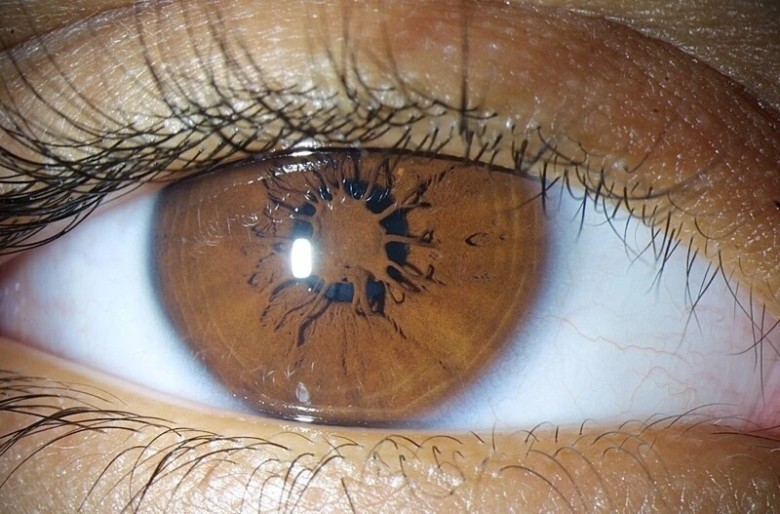
As the legend of the clock-eyed boy Harold Maconaghy reverberates through time, his tale stands as a reminder of the enduring power of curiosity and the enduring allure of the extraordinary. In a world steeped in routine and familiarity, Harold's story invites us to embrace the mysteries that lie beyond the surface and to appreciate the marvels that can be found in the most unexpected of forms - even within the gaze of a young boy with clock-like eyes.
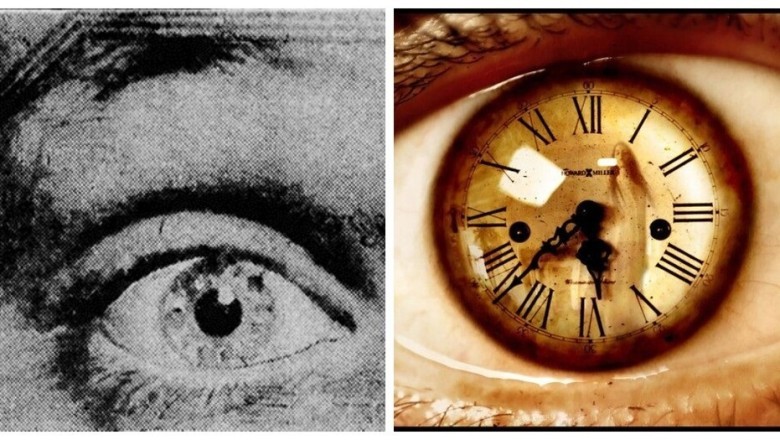








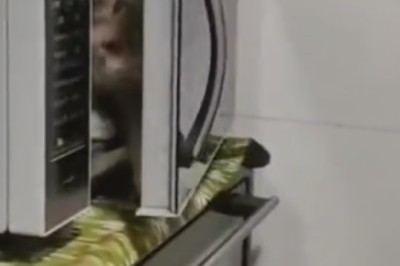







Comments
0 comment